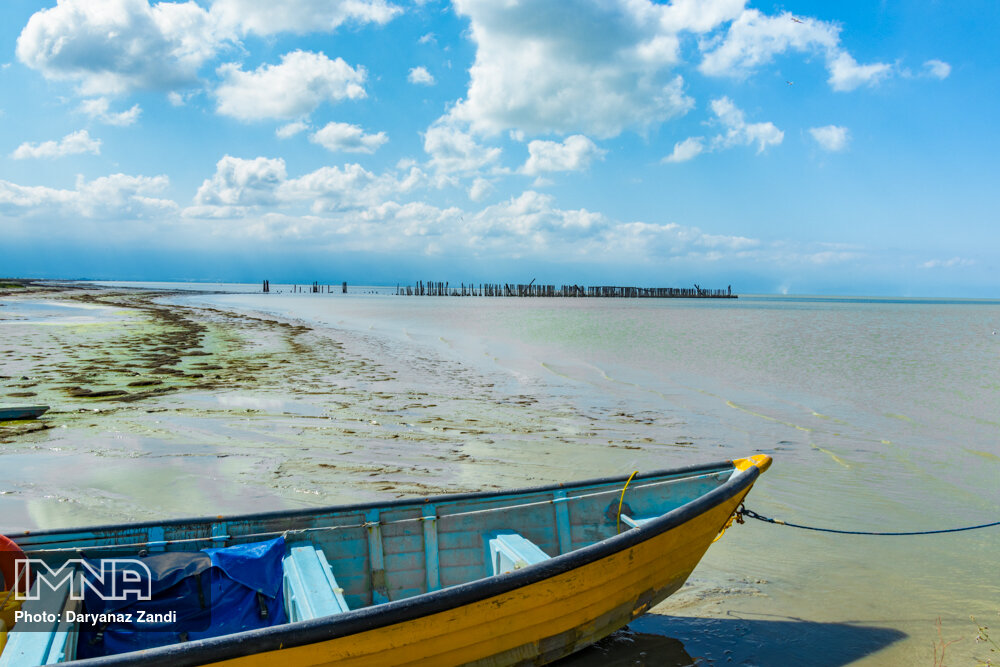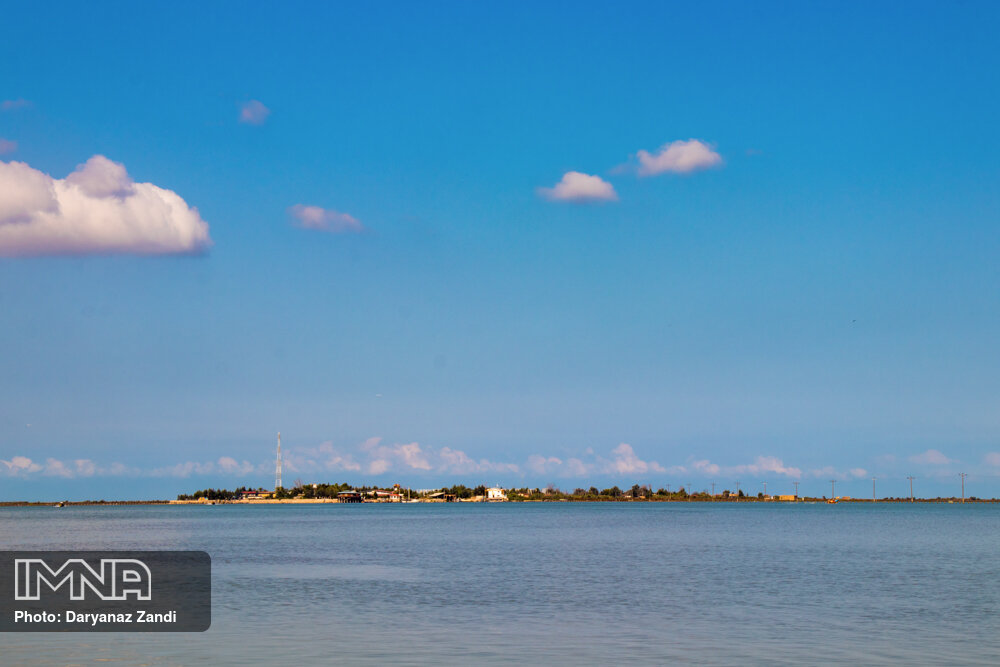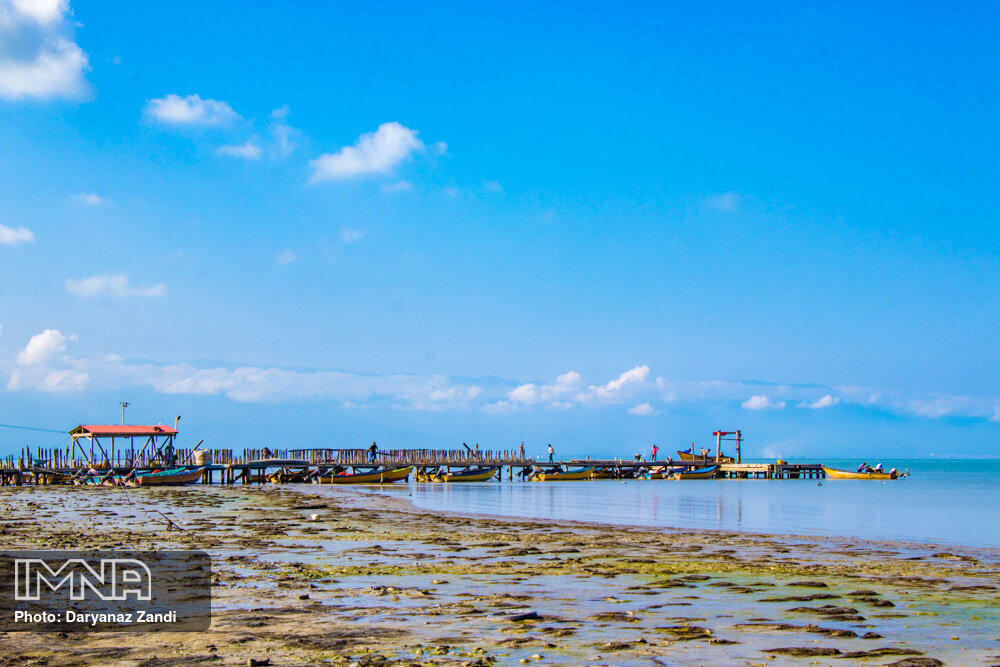Iran (IMNA) - As the largest lake in the world, the Caspian Sea is divided between the countries of Azerbaijan, Kazakhstan, Iran, Russia and Turkmenistan. This sea plays a key role in the economy of these countries and has generated wealth for them through oil and gas extraction, fishing industries, agriculture and tourism.
The Caspian Sea, which is very important in terms of social and environmental aspects, in addition to the economic aspect, has been threatened in recent years by various factors such as oil pollution, sewage discharge, and plastic pollution. However, among all the threats, "reducing water levels" is currently the main concern of this sea.

Regarding the Caspian Sea's shrinkage, research was recently conducted by the Kazakhstan's Institute of Hydrobiology and Ecology, which shows that the sea level drop has the greatest impact on the country of Kazakhstan, which is considered to be the lowest coast of this sea.
Residents of the coastal cities and towns of the Caspian Sea in Kazakhstan feel the immediate effects of this shrinkage. Such a drop in water level has caused problems for ships and halted the operation of desalination plants. Also, in some places, passenger ships have stopped operating due to the decrease in water level.
According to this research, the first signs of the Caspian Sea shrinkage appeared in the mid-2000s, but in recent years the rate of drop has been increased, so that it is estimated that the rate of decline is 23 cm per year, and now the level of the Caspian Sea is 29 meters lower than the average level of seas and oceans.

While scientists continue to debate the causes of the Caspian Sea's shrinkage, experts from the Kazakhstan Institute of Hydrobiology and Ecology say that climate change and intense human use of the Volga and Ural rivers (the two main rivers that originate in Russia and flow into the sea), affects the Caspian.
Effects of climate change and human activities
Researchers say the first factor is global climate change. The days are getting warmer and the amount of precipitation is decreasing. Besides that, Russia builds its own dams on the Volga and Ural rivers and withdraws a large amount of water for its agricultural and industrial needs. As a result, in the face of climate change, reduced rainfall and numerous dams, the rivers cannot compensate for the volume of water needed to fill up the Caspian Sea.

Cyclical process
In addition to the mentioned cases, some scientists claim that water flow reduction does not play a major role in dropping the level of the Caspian Sea, but this is a cyclical case that has been repeated many times throughout the history of the sea, and this sea has a sinusoidal process of increasing and decreasing the level in a cycle. In an interview in 2022, Telman Zinalov, the director of the Azerbaijan Environmental Forecasting Center, said that the fluctuation of the volume of the Caspian Sea has a cyclical and recurring nature, which has been repeated many times throughout history.
Long-term effects
A 2020 study predicted that if this trend continues, the sea level will drop 18 meters by 2100, losing almost a quarter of its current size, a scenario that would have devastating effects on humans and the environment.



Your Comment